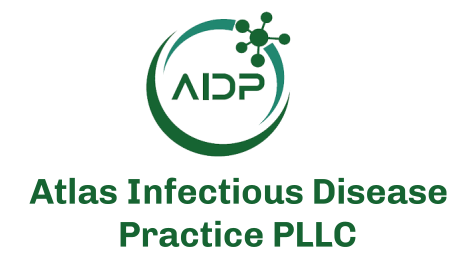
It has been previously documented that outdoor cats on dairy farms have contracted HPAI A(H5N1), otherwise known as avian influenza; however, up until now, the virus has not been reported in indoor cats. In this week’s Morbidity and Mortality Weekly Report (MMWR), published by the Centers for Disease Control and Prevention (CDC), avian influenza was detected in 2 indoor domestic cats with respiratory and neurologic illness that lived in homes of dairy workers but had no known direct exposure to avian influenza affected farms. In this situation, both dairy workers declined to be tested for influenza, but other household members received negative test results.1 Zoonotic transmissions have been happening where animals spread avian influenza to people, but not much is reported or known of people potentially spreading the virus back to animals.1
Transmission Specifics
In May of last year, reports of 2 indoor cats with respiratory and neurologic illnesses prompted an investigation by the Michigan Department of Health and Human Services and Mid-Michigan District Health Department (MDHHS/MMDHD). The cats’ owners and household members were interviewed and offered testing for avian influenza. According to the MMWR, the owners of the 2 cats afflicted with avian influenza declined virus testing. Three other members of the same household received negative influenza test results.1
In the household with the index cat known as cat 1A, 2 adults and 2 teens lived there. One adult worked on a dairy farm. Cat 1A was 1 of 3 cats in house. The cat was 5 years of age, exclusively indoor, and experienced decreased appetite, lack of grooming, disorientation, and lethargy, followed by progressive neurologic deterioration.1
On the second day of illness, the cat was evaluated at a local veterinary clinic. On the fourth day, the cat was referred to the Michigan State University (MSU) Veterinary Medical Center (VMC), and due to the rapid progression of disease, the cat was euthanized.1
Only one of the 3 persons in the household who were tested, adolescent 1A, who had no comorbidities, experienced symptoms including a cough, sore throat, headache, and muscle pain, which began 6 days after sickness onset in the cat. People in the house who were tested received oseltamivir as postexposure prophylaxis (PEP). The dairy farmworker declined testing and PEP.1 Additionally adolescent 1B in the same house reported a “dry croupy” cough 6 days after onset of illness in cat 1A that was attributed to severe allergies.1
Only adolescent 1A received a positive laboratory test result for rhinovirus/enterovirus. The dairy farmworker had regular contact with cat 1A and adolescent 1A. The farmworker reported 1 day of vomiting and diarrhea that preceded onset of illness in cat 1A.1
The owner of the second cat with the virus lived alone and worked on multiple dairy farms transporting unpasteurized milk. The individual also reported getting splashed in the face and eyes by unpasteurized milk but declined virus testing. In household 2, cat 2A, an exclusively indoor aged 6 months was brought to MSU VMC with a 1-day history of progressive neurologic deterioration, anorexia, lethargy, and facial swelling. On initial physical examination, the cat was found to be obtunded, with abnormalities of cranial nerve function, abnormal motor function, puffiness of the eyes and nose, and minimal movement. The cat died within 24 hours, according to the report. Cat 2B in the house did not show any signs of illness, and nasal swabs tested negative for influenza.1
Cat 2A’s owner reported that the cat would roll in the owner’s work clothes, whereas cat 2B did not. The farmworker experienced eye irritation that began 2 days before the onset of illness signs in the cat, but reported no other symptoms. The owner did not receive testing, declined oseltamivir, and wanted no further contact with public health officials, stating fear of losing employment as a consequence of communicating with public health officials.1
Both workers were employed in a county known to have the virus in dairy cattle.1
Some other takeaways from this report include the fact that neither of the dairy workers used the recommended personal protective equipment (PPE) before their illnesses and could have been exposed to influenza. And since they were not tested for the virus, it cannot be confirmed either dairy worker’s symptoms were from avian influenza or a different etiology altogether.1
The fear expressed by the dairy worker about communicating with public health officials is concerning, especially as both dairy workers refused virus testing and PEP, suggesting reprisals affecting their work. This limits the ability of public health officials to definitive report on case reports.
The MMWR authors suggest further precautions for veterinarians.
“Veterinarians in states with confirmed HPAI A(H5N1) in livestock should consider obtaining household occupational information, testing for influenza A viruses, and wearing personal protective equipment when evaluating companion cats with respiratory or neurologic illness. Suspected cases should be reported to public and animal health officials,” they wrote.1
Avian Influenza Update
As of yesterday (February 20), CDC reports there have been 69 cases of avian influenza in the US.2 To understand the zoonotic transmission check out the table below:

Thus far, California is reporting the most cases with 38 followed by Oregon with 11, and Colorado with 10. Beyond that, there has been single cases in 9 states. CDC writes on its site the current public health risk remains low.2






